Intel Compute Card: A Universal Compute Form-Factor for Different Kinds of Devices
by Ganesh T S & Anton Shilov on January 11, 2017 1:00 PM EST- Posted in
- Mini-PC
- Systems
- Intel
- Trade Shows
- CES 2017
- Compute Card
- Core
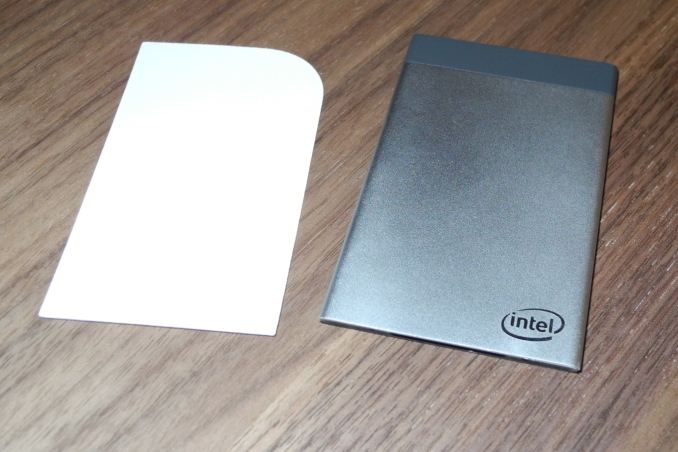
At CES 2017, Intel introduced a new form-factor for computing platforms in order to enable easy development, configuration, maintenance, repair and upgrade of various devices. Intel’s Compute Card is as small as a credit card, but, packs everything needed for computing, including the CPU, DRAM, storage, communications and I/O. The first cards are set to be introduced in mid-2017.
Computing has become so ubiquitous nowadays that almost every more or less sophisticated piece of hardware has a microprocessor inside. Many such devices are designed to operate for years, but, since computer chips inside them get outdated, it is almost impossible to upgrade their functionality (e.g., add new security capabilities, speed up processing, etc.) without replacing the whole unit, or a significant part of it. Alternatively, if a CPU or a memory IC fails, repair of such a device may cost a lot in terms of money and effort. This translates to downtime and lost revenue. Such things happen because of various reasons, but the main two are proprietary platforms with tight integration and no upgrade path, or complex architectures that do not allow for a quick replacement of faulty components. The list of such devices includes everything from business PCs to point-of-sale kiosks and from smart TVs to commercial equipment.
The Intel Compute Card has been designed to be a universal computing platform for different kinds of devices, including those that do not exist yet. The ultimate goal is to simplify the way companies develop equipment, use, maintain, repair, and upgrade it. Creators of actual devices have to design a standard Intel Compute Card slot into their product and then choose an Intel Compute Card that meets their requirements in terms of feature-set and price. For example, PC makers could create systems in all-in-one or clamshell form-factors and then use Compute Cards instead of motherboards. For corporate customers that need to provide a lot of flexibility (and, perhaps, solve some security concerns too) - every employee has a card and can switch between PCs. In other markets such as automated retail kiosks, vendors can easily provide upgrades to deliver better functionality as Intel releases new Compute Cards in the future.
| Intel Compute Card at Glance | ||||
| CPU | Various Intel SoCs / SiPs, including Intel Core with vPro (up to 6W TDP) | |||
| DRAM, NAND | Integrated | |||
| Cooling | Fanless, but, I/O docks may have their own thermal design | |||
| Dimensions | 94.5 mm × 55 mm × 5 mm | |||
| I/O | Physical | USB-C + Extension | ||
| Logical | USB, PCIe, HDMI, DP and additional signals | |||
| Wireless | Wi-Fi, Bluetooth | |||
| Docking | Integrated locking mechanism | |||
| Launch Partners | Dell, HP, Lenovo, Sharp and local companies | |||
| Initial Availability | Mid-2017 | |||
From a technology standpoint, Intel’s Compute Card resembles the company’s Compute Stick PC. However, its purpose is much wider: it is a small device that packs an Intel SoC or SiP (including Kaby Lake-based Core processors with vPro and other technologies), DRAM, NAND flash storage, a wireless module and so on into a small enclosure. Nonetheless, there are a number of important differences between the Compute Card and the Compute Stick. The Compute Card is a sealed system with “flexible I/O” in the form of a USB Type-C and an extension connector. The “flexible I/O” is not Thunderbolt (obviously, due to power consumption concerns), but it handles USB, PCIe, HDMI, DisplayPort connectivity and has some extra pins for future/proprietary use.
Intel is currently working with a number of partners to enable the Compute Cards ecosystem. The list of global players includes Dell, HP, Lenovo and Sharp. There are also regional partners interested in the new form-factor, including Seneca Data, InFocus, Contec DTx, TabletKiosk and Pasuntech.
At the moment, Intel and its partners are not discussing their Compute Card-based projects, which is understandable. Moreover, do not expect all these companies to release their Compute Card hardware simultaneously because different equipment has different design and validation cycles.
Speaking of the form-factor itself, this is by far not the first form-factor the size of a credit card or something close (e.g., Mobile-ITX, Pico-ITX were announced, but never took off). However, this one seems easy to integrate and it is backed by Intel, which gives it credibility. There are a number of applications (and usage scenarios) that could take advantage of the Compute Card right away (e.g., corporate PCs, smart TVs, digital point-of-sales, emerging devices, etc.). However, there are also many embedded applications that just require uninterrupted operation without any need to upgrade. For those, traditional industrial PCs and boards will continue to be the mainstay, and the credit card form-factor will not bring any clear advantages.
The other interesting aspect here is the future of the Compute Stick form factor. Given that the ARM-based HDMI sticks are not a popular form factor any more, it is not surprising that Intel has also not decided to update the Compute Stick lineup with Kaby Lake. Intel indicated that they would be evaluating the future of the Compute Stick in 2018, and decide if it warrants an update with the latest processors at that time. Our opinion is that the Compute Stick form factor has reached the end of its life, and it is for the Compute Card to carry on the miniaturization revolution. The Compute Card has much more flexibility in terms of the differentiation from the vendors' side, and it is not encumbered by an active cooling mechanism. Obviously, the ability to just plug the device into a HDMI port is not there, but, the Compute Card, by itself, is light enough to just hang directly off a display's HDMI port. Therefore, it is possible that some vendors can deliver a Compute Stick-like platform with the Compute Card also (albeit, with a slightly different form factor).
We expect to hear more about Compute Card related projects in Q3, either during Computex or Intel's Developer Forum.
Source: Intel


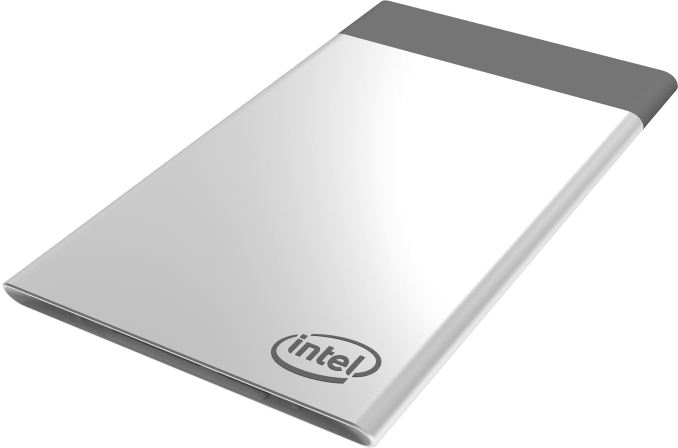
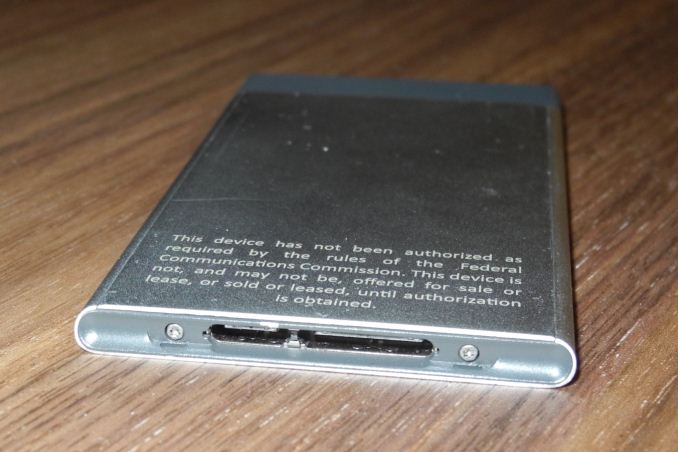
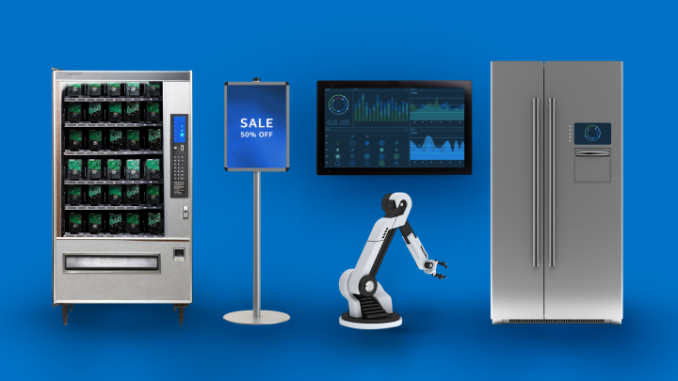
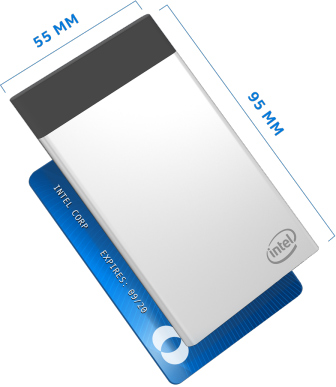








35 Comments
View All Comments
MrSpadge - Thursday, January 12, 2017 - link
Sure, having the option and actually doing it are different matters. And you're right that every profit company out there is all about making money. But that doesn't mean they'll do it at any price. Having satisfied customers become loyal and recommend the brand is a different business model which works for quite a few of them.ddriver - Thursday, January 12, 2017 - link
It is not how it works. There is an implicit mutual agreement in the name of profit. They all agree to be "about equally sucky" this way people simply have no choice but to go to one of them. And absent of choice for us, they get to dictate what we should want, which is a much better deal for them. This way they ensure products are never too good, too useful or too durable, and even thou we pay for those products, they are less about our use than they are for the industry to use us with.shelbystripes - Wednesday, January 11, 2017 - link
I think you missed the point. This is for smart enabled devices like large TVs, refrigerators, and washing machines. If the CPU goes bad, you quickly and efficiently service your appliance by *replacing the entire card*.It's creating compact and easily serviceable hardware for appliances that aren't really designed to be serviceable today. This is a huge leap forward for serviceability. You just fail to understand what it's improving on, because you don't understand the target market.
Illusio13 - Wednesday, January 11, 2017 - link
Most (?) modern Tv's have the CI slot, this looks like it would fit in there nice!jjj - Wednesday, January 11, 2017 - link
Yeah sure they made a phone without a display and nobody thought it's silly.This is another desperate play to charge for the entire thing instead of selling just the silicon.
jhoff80 - Wednesday, January 11, 2017 - link
Interesting about no cooling, though personally as a consumer, I much prefer my Core M stick's form factor. HDMI and USB on the stick itself (keyboard/mouse here), and then more USB ports on the power supply (USB 3.0 ethernet) far better meet my needs for a light gaming / TV PC.It's not just the fact that this doesn't plug into the TV that make things messy. In my example use case, either I would put this Card with a dock near where I currently have the power supply and then run the HDMI cable to the TV, or I would put it hanging from the TV with a short HDMI adapter/dock I guess and then all the wires would have to run up near the TV. Either way, it's not nearly as elegant. (Unless Intel's pipe dream of devices just having a slot to insert these things in actually somehow catches on, which I honestly don't see happening).
But I also fully get that the main focus of these things is business anyway, so many of the things that are dealbreakers for me probably don't even matter here.
MrSpadge - Thursday, January 12, 2017 - link
Someone could simply build a stick replacement which provides a card slot and the I/O you need. Nothing fancy or expensive, just a bit more bulky. But you always trade off some packing density when striving for flexibility.fanofanand - Wednesday, January 11, 2017 - link
I'm surprised USB sticks haven't caught on, but I assume that's because there is no value proposition. The i5 version looks excellent but for the $485 asking price (or whatever it is now) you can do better if that ff isn't an asbolute must. The less expensive versions seem to be too slow to be convenient. If they could have done th i5 version without windows for $200 I think they would have done very well. This card idea....It makes little sense to me. I guess it will all depend on price but how many tech savvy corporations are going to buy all new devices for everyone to accommodate the new cards? With more and more companies moving to laptops instead of desktops, Intel would also need to get a whole lot of manufacturers making these as well. Seems like they are trying to create a niche where there isn't a major current need.zodiacfml - Thursday, January 12, 2017 - link
This is too weak to do any kind of any office. I don't think this thing fixes a problem.They should have just updated the Compute Stick by replacing HDMI with USB-C and call it a day. Two variants of the Stick for consumers and industrial use.
MrSpadge - Thursday, January 12, 2017 - link
"This is too weak to do any kind of any office."How do you know without any specific specs? Kaby Core M i7 with speed shift 2 can do a lot of office work. In fact, any 2 GHz dual core from mid 2000 still can.